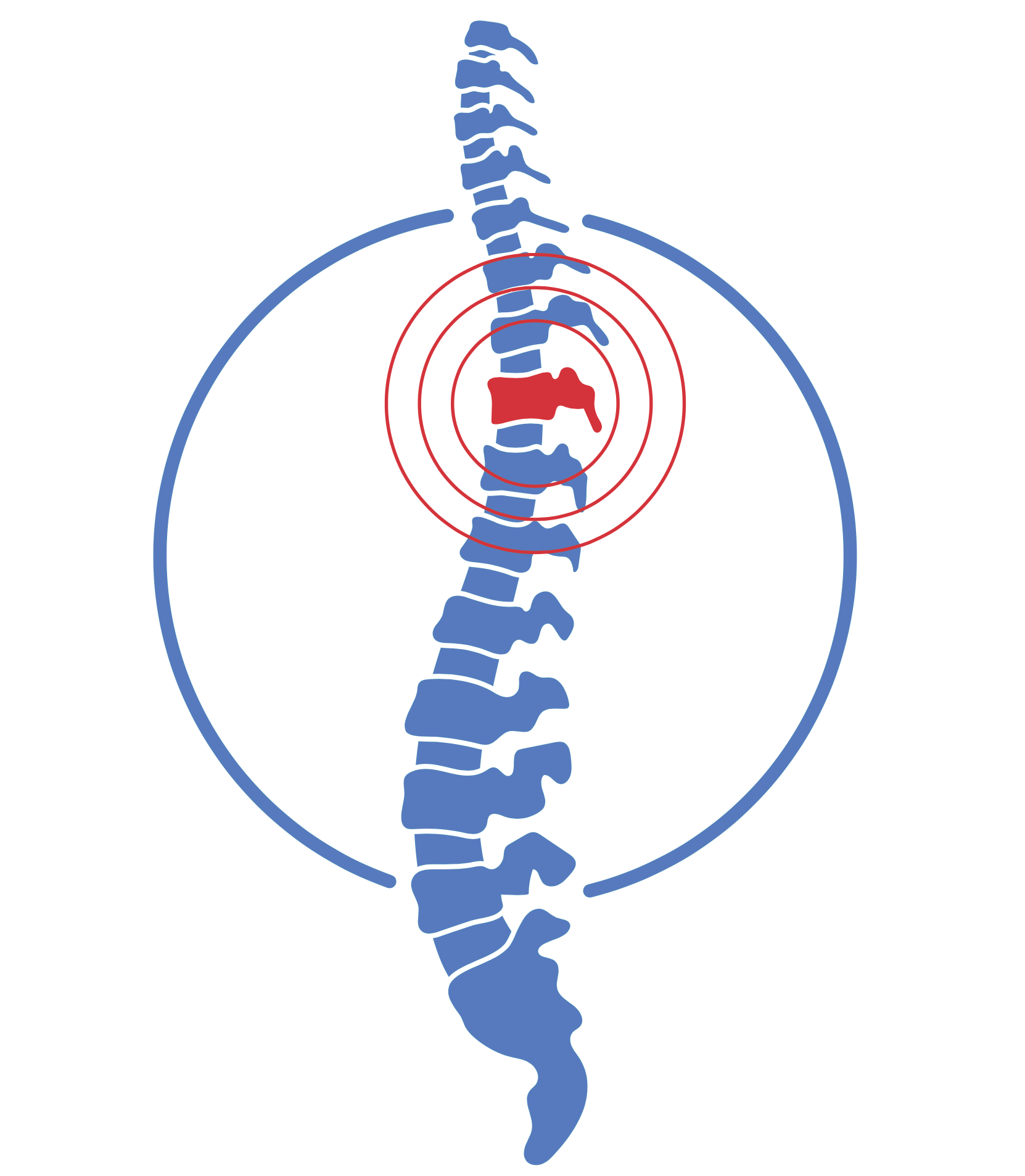Chiropractic Care
We treat the whole patient, not the disease
Chiropractic Adjustments Support Overall Health
When spinal joints aren’t moving smoothly, nearby nerves can become irritated, stuck, or choked. These stuck joints can be realigned using chiropractic adjustments that incorporate Applied Kinesiology techniques, reducing disruptions to the nervous system. Once pressure is taken off the nervous system, the body can begin returning to full health.

Schedule Your Discovery Call
Why Chiropractic Care Should Be Part Of Your Healthcare Plan

Our patients often report a pleasant sense of release directly following their adjustments.
Various Techniques Treat All Kinds of Conditions
Chiropractic care is a nuanced field that provides a variety of treatment options. Some patients require precise, targeted adjustments, others may need slow, constant pressure. Your doctor at The Highland Wellness Center may even require special instruments that are used to carefully direct energy.
Adjustments Feel Great
Our team is knows how to help your body “right itself” by providing targeted treatments to problem areas. Most of our practice members report feeling a sense of well-being and ease after their adjustments and eagerly return to our office for their follow-up appointments to retrain their spines!
Everyone Benefits
Chiropractic care is appropriate for all ages. We treat newborns, infants, children, seniors, and even patients who have a history of back surgery! Your adjustment will be tailored to your size, age, and unique health conditions.
Find out how chiropractic care can improve your quality of life by scheduling a no-obligation consultation with our team to discuss your needs!
Frequently Asked Questions about Chiropractic Care?
Yes. A New Zealand government study found that adjustments are “remarkably safe.” Chiropractic care enjoys an excellent track record. A thorough exam can identify the rare person for whom chiropractic care might not be suitable.
No. Only the spinal joints that are “locked up” receive adjustments. If spinal joints move too much, your doctor will passed over them so weakened muscles and ligaments can stabilize and heal.
The number of adjustments varies with each patient and their individual health goals. Many practice members will notice some progress within a week or two of frequent visits. The number of visits will decrease as your spine stabilizes. In difficult cases, complete healing can take months or even years.
No. Some people can make their joints “pop” but that’s not an adjustment! Adjustments require specific techniques and take years to master. Even your chiropractor must go to another chiropractor to benefit from chiropractic care.
A typical adjustment involves the chiropractor applying pressure to the spine and back area. Other adjustments take place at the neck or hips. Most patients report a sense of well-being or a feeling of calmness after an adjustment.
Repeated adjustments are necessary for full healing, but if they hurt, then practice members wouldn’t return to finish their care. Chiropractors are experts at making adjustments feel good.
Of course. When developing a care plan, your chiropractor considers the unique circumstances of each practice member. There are many ways to adjust the spine. The method selected will be best suited to your age, size and spinal problem.
Pain of any kind, at any age, is a sign that something isn’t right. Pain is the way your body signals that a limit has been reached or a problem has developed. Since human beings are skilled at adapting, minor aches and pains are often shrugged off. Some pain may go away on its own, but if the underlying problem remains unattended, the problem can slowly worsen until it becomes more difficult and expensive to resolve.
Yes. Rest assured that we will avoid the surgically modified areas of your spine. However, surgery may produce compensation reactions either above or below the involved level. If necessary, these other areas will be the focus of your chiropractic care.

Get Started Today
Step 1 New Patient Exam
Step 2: Diagnostic Testing
Step 3: The Journey


